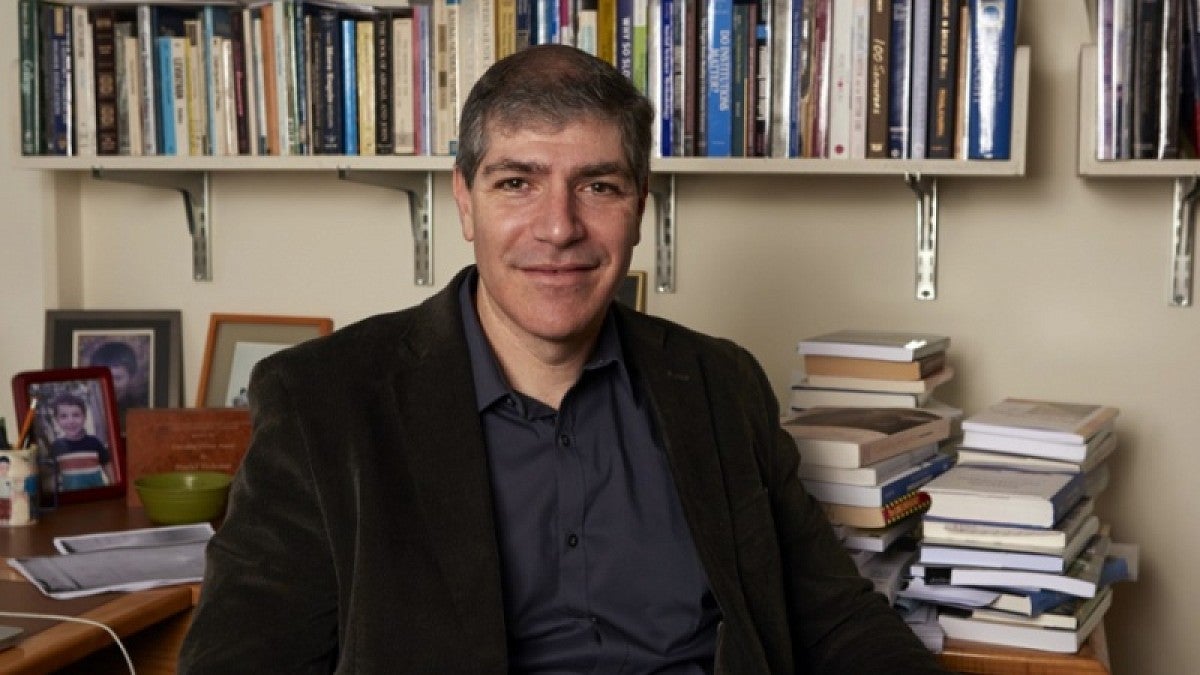Arizona and New Mexico have a lot in common. The neighboring states both share a border with Mexico and joined the United States just months apart in 1912. They also both have large Latino populations, as well as many undocumented immigrants living within their borders.
But when it comes to their immigration strategies, the similarities end. That’s attracted the interest of UO political science professor Dan Tichenor and two colleagues, who recently received a grant to study how different states shape their immigration policies and how that affects the immigrant experience from state to state, through both a historical and contemporary lens.
For example, while Arizona has passed some of the most anti-immigrant measures in the country — denying driver’s licenses to undocumented immigrants and restricting the civil rights of Mexican-Americans and other Latinos throughout the state’s history — New Mexico has expanded immigrants’ rights, providing undocumented immigrants with in-state tuition and empowering Latinos to exercise political power within a more inclusive state environment.
So why does this pair of states, with so many geographic and demographic similarities, have such starkly dissimilar approaches to immigration? And how do these different environments shape the experience for the immigrant communities in these states?
These are some of the questions that Tichenor wants to answer through his “States of Immigration” study with professors Robin Dale Jacobson from the University of Puget Sound and Elizabeth Durden of Bucknell University. The trio, which Tichenor excitedly refers to as “intellectual kindred spirits,” was recently awarded a $200,000 grant from the National Endowment for the Humanities to help them pursue this research over the next two years.
“People tend to think about a unified experience of coming to America,” Tichenor said. “But really, the U.S. immigrant experience can vary dramatically based on where and when you land.”
Their project is unusual in its in-depth analysis of how attitudes, laws and experiences differ across states, especially in states that are not the typical receiving grounds for immigrants, like Texas, California and New York. Instead, their research will examine two pairs of neighboring states — Arizona and New Mexico, and Virginia and Maryland — that have markedly different immigration laws and policies.
“The states with the highest immigrant populations tend to inform many people’s views on this hot-button issue,” Tichenor said. “Examining pairs of states that are less studied and have strikingly different attitudes on immigration should give us a deeper understanding of the historical and contemporary challenges surrounding immigrant integration.”
Given the national attention being focused on immigration in recent years, it’s also a timely subject where deeper analysis could help inform the public discussion.
“This research could help cut through the smoke of an emotionally-charged debate,” Tichenor said. “We want to help educate policymakers, scholars and the general public about how contrasting state environments of inclusion or exclusion impacts the lives of immigrants and other communities.”
The long-standing debate over immigration is not just charged with emotion; it’s also taking center stage in this year’s presidential election, where the campaigns have touched on deportation and detention, terminating birthright citizenship and building a wall across the southern border of the United States. While many people have always held passionate stances on immigration, Tichenor reports a noticeable uptick in how fervently his interviewees discuss the subject these days.
The researchers hope “States of Immigration” will lend additional facts to the passionate debate and decision-making surrounding immigration policies. They plan to co-author a book with their findings, and produce scholarly reports and articles to help explain why the state of immigration has varied so drastically across states, and what implications this holds for the nation’s future.
—By Emily Halnon, University Communications


